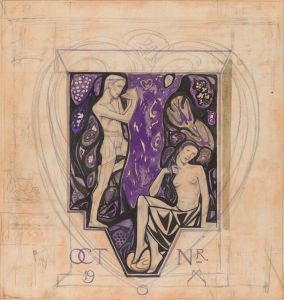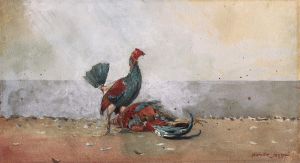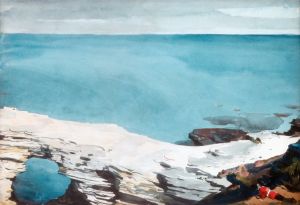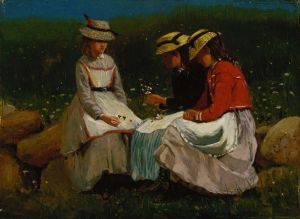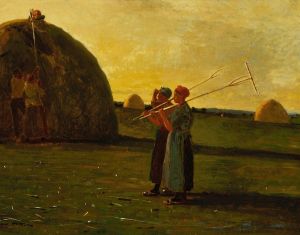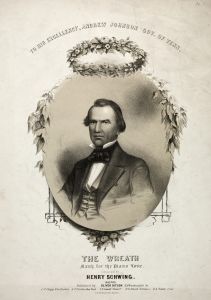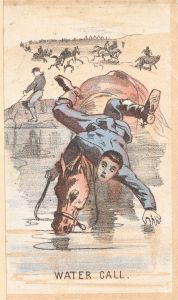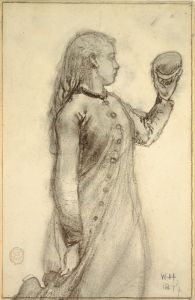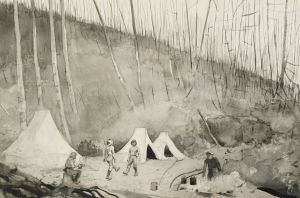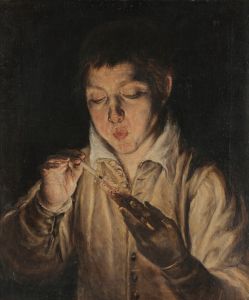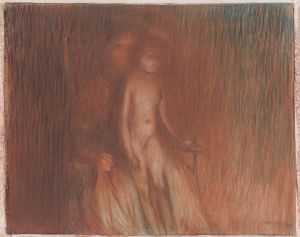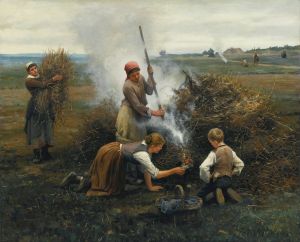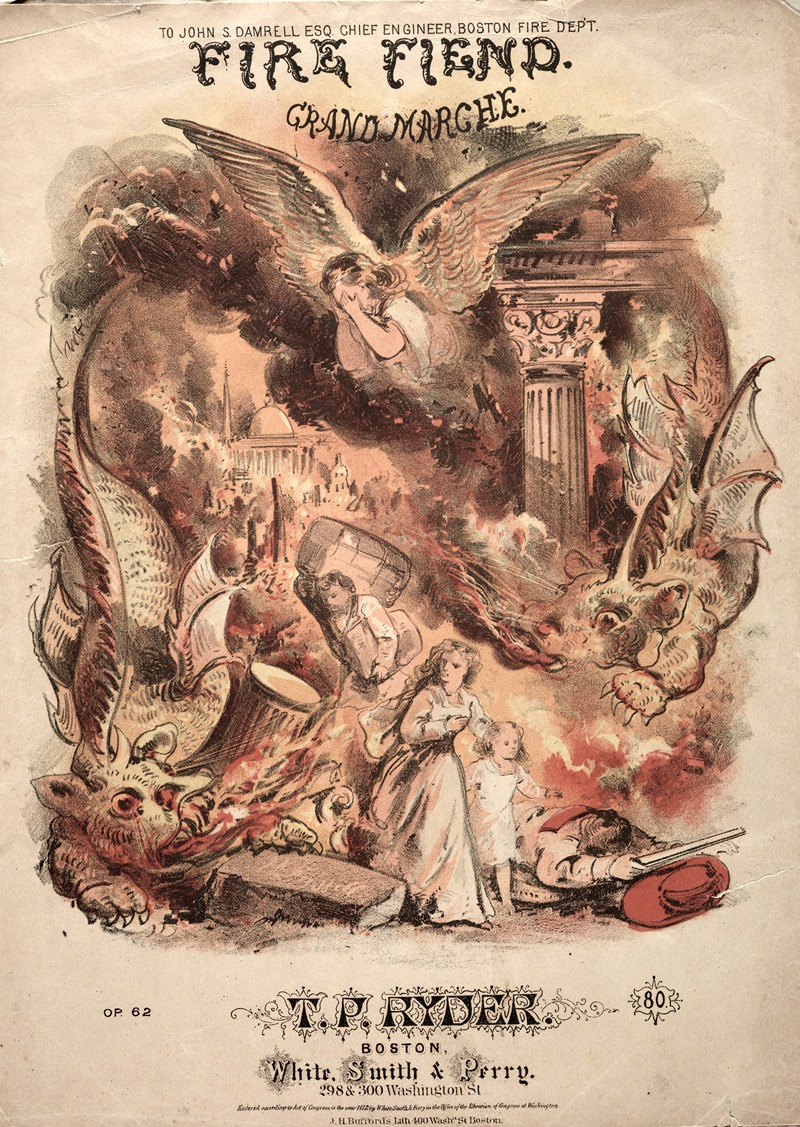
Fire Fiend – Sheet Music Cover
A hand-painted replica of Winslow Homer’s masterpiece Fire Fiend – Sheet Music Cover, meticulously crafted by professional artists to capture the true essence of the original. Each piece is created with museum-quality canvas and rare mineral pigments, carefully painted by experienced artists with delicate brushstrokes and rich, layered colors to perfectly recreate the texture of the original artwork. Unlike machine-printed reproductions, this hand-painted version brings the painting to life, infused with the artist’s emotions and skill in every stroke. Whether for personal collection or home decoration, it instantly elevates the artistic atmosphere of any space.
"Fire Fiend – Sheet Music Cover" is a notable work by the American artist Winslow Homer, created in 1858. This piece is a lithograph that served as the cover for a piece of sheet music titled "The Fire Fiend," composed by William Dressler. The lithograph was published by the New York firm S.T. Gordon & Son.
Winslow Homer (1836-1910) was a prominent American painter and printmaker, known for his landscape paintings and depictions of American life. His career began with commercial illustration, and he contributed to various periodicals before transitioning to painting. "Fire Fiend – Sheet Music Cover" is an example of his early work in commercial art.
The lithograph depicts a dramatic scene of a fire in an urban setting, capturing the chaos and urgency of a fire brigade in action. The image is characterized by its dynamic composition and attention to detail, which are hallmarks of Homer's style. The scene includes firefighters, horse-drawn fire engines, and onlookers, all rendered with a sense of immediacy and movement.
This work is significant as it reflects the period's fascination with urban fires and the heroism of firefighters. During the mid-19th century, fires were a common and devastating occurrence in American cities, and the bravery of firemen was a popular subject in art and literature. Homer's depiction of the fire scene would have resonated with contemporary audiences, who were familiar with the dangers and drama of urban fires.
"Fire Fiend – Sheet Music Cover" also exemplifies the role of sheet music covers in the 19th century. These covers were often elaborately illustrated to attract buyers and enhance the appeal of the music. The collaboration between artists like Homer and composers like Dressler highlights the intersection of visual art and music during this period.
Homer's work on this lithograph demonstrates his skill in capturing complex scenes and his ability to convey narrative through imagery. Although he is better known for his later paintings, this early work provides insight into his development as an artist and his contributions to commercial illustration.
In summary, "Fire Fiend – Sheet Music Cover" by Winslow Homer is an important example of 19th-century American lithography and commercial art. It showcases Homer's early talent and the cultural context of the time, reflecting the public's interest in urban fires and the valor of firefighters. This piece remains a valuable part of Homer's artistic legacy and a testament to the interplay between visual art and music in the 19th century.





